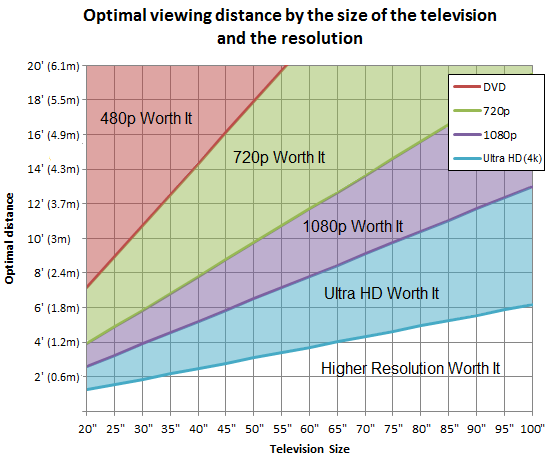The amount of VRAM on the 3090 made me think on the following:
Let's assume most enthusiasts right now game at 1440p/144 Hz, and that Nvidia is doing a strong push for 4K/144 Hz. OK, so far, so good. But even then, we know that 4K doesn't need 24GB of VRAM. They say the card is capable of "8K", but this is with DLSS upscaling, so we are not talking about actual 8K native resolution rendering. Regardless of IPC improvements or not, I absolutely don't believe we have the processing power to do 8K yet, and even if we did... We're gonna do 8K on what exactly? After all, this is a PC GPU - how many people are going to attach this to a gigantic 8K TV? And let's not even mention ultra-high resolution monitors, the very small amount of them that exist are strictly professional equipment and have 5 figure prices...
So, considering that 1440p is 3.7 Mpixels, 4K is 8.3 Mpixels and 8K is 33.2 Mpixels, perhaps a more realistic application for the 3090 is triple-monitor 1440p/4K @ 144 Hz? 3x 1440p is 11.1 Mpixel, which is slightly above one 4K display's resolution, so it shouldn't have any trouble driving it and with DLSS, triple 4K is about 25 Mpixel, which seems somewhat possible - perhaps then the 24 GB VRAM would come into play?
But even then, where are the 4K monitors - at the moment the choice is very limited, and let's be honest, 4K on a 27" panel makes no sense, and there are a few monitors at 40+", which again, for a triple monitor setup doesn't really work either. So, either a wave of new 4K/144 Hz monitors at about 30" is coming or... The 3090 doesn't really make much sense at all... And I'm not even talking about the price here, it's irrelevant. The question is - why does the 3090 actually exists and what is the actual application for it - Titan replacement or not, Nvidia is strongly pushing the card as a gaming product, which is all fine, but I fail to see the scenario where the 24 GB VRAM is relevant to gaming. Regardless, in about 2 weeks, benchmarks will tell us all we need to know.







